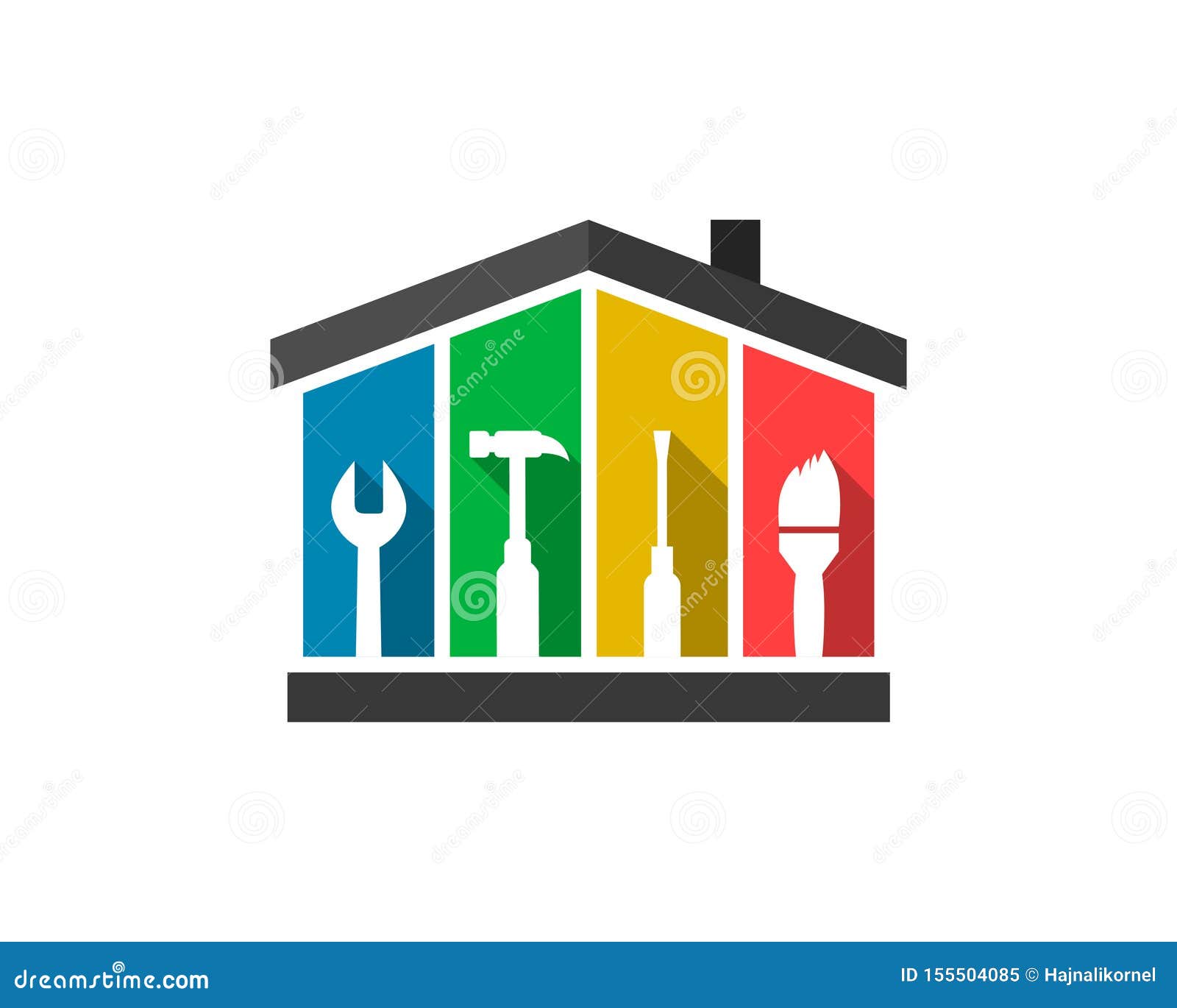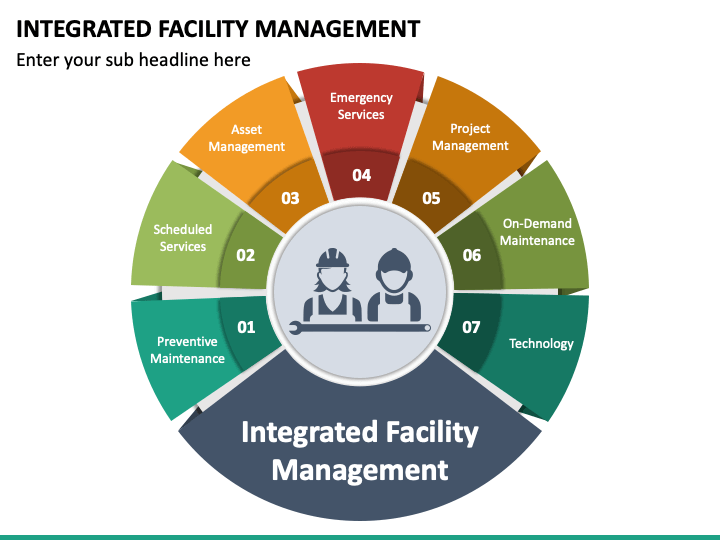The Important Guide to Center Monitoring: Approaches for Success
Facility monitoring plays a vital duty in the overall success of a company, offering as the backbone that supports productivity, effectiveness, and safety and security. The subtleties of effective facility administration prolong beyond simple logistics and call for a thorough understanding of both qualitative and quantitative metrics.
Comprehending Center Monitoring
What constitutes effective facility monitoring? Efficient facility management encompasses the sychronisation of different business features to make sure that constructed settings are secure, reliable, and for productivity. Facility Management. It integrates the principles of engineering, architecture, and business administration to produce a seamless operational flow within a company
Crucial element of center administration include space planning, upkeep monitoring, and conformity with health and wellness policies. Space preparation concentrates on enhancing making use of physical resources to sustain business goals, while maintenance monitoring makes certain that centers are kept in optimal problem, maximizing life-span and minimizing functional costs. Compliance with legal and governing requirements is vital, as it safeguards the organization versus prospective obligations and enhances its online reputation.
Moreover, efficient center administration depends on the strategic usage of innovation, such as Structure Administration Systems (BMS) and Computer-Aided Center Administration (CAFM) devices. These innovations help with real-time surveillance of building systems and simplify upkeep procedures. Eventually, a comprehensive strategy to facility management not just promotes functional effectiveness yet likewise cultivates a positive setting for visitors and workers alike, driving overall organizational success.
Trick Techniques for Optimization
Maximizing facility administration requires a calculated approach that lines up functional practices with organizational purposes. To achieve this, the very first vital technique is the execution of integrated technological options. Utilizing advanced software application systems allows for real-time surveillance of center procedures, helping with data-driven decision-making and enhancing total efficiency.
Secondly, routine analyses of center performance are vital. Performing regular inspections and audits allows center supervisors to recognize locations that need improvement, guaranteeing that sources are alloted effectively. This proactive method assists in lessening downtime and boosting solution delivery.
One more important approach is fostering collaboration across departments. By motivating open communication between teams, facility managers can better align their techniques with service objectives, bring about boosted functional harmony. In addition, involving personnel in training programs advertises a society of responsibility and improves their capability to add to optimization efforts.
Enhancing Safety Protocols
Strengthening safety protocols is essential for creating a secure environment within facilities. A comprehensive safety method not just secures workers and visitors yet likewise improves operational performance. To accomplish this, facility managers have to perform routine risk analyses to recognize prospective hazards and ensure that proper steps are in area.
Training and education and learning are critical elements of effective safety and security procedures - Facility Management. Employees must receive recurring training in emergency treatments, devices handling, and personal safety measures. Normal drills, such as fire emptyings or lockdown treatments, foster experience and preparedness amongst staff
In addition, clear communication networks should be developed to report security problems quickly. This consists of producing an accessible system for employees to articulate potential risks or events without worry of reprisal. Leveraging technology can enhance safety steps; for instance, carrying out monitoring systems and gain access to controls aids check facility activities and limit unapproved entry.
Last but not least, conformity with neighborhood policies and market standards is non-negotiable. Normal audits and reviews of safety protocols make sure positioning with present laws and best techniques. By prioritizing these strategies, facility more info managers can grow a culture of security that safeguards all stakeholders and ultimately contributes to the company's success.
Improving Workplace Setting

Ergonomic considerations are vital to reduce physical strain and pain. Facility Management. This includes giving flexible furnishings, proper lighting, and ample area for movement. These modifications can result in decreased absence and increased job fulfillment
Appearances play an important function fit the work environment environment. Utilizing shade psychology, natural illumination, and plant more info can cultivate a promoting and welcoming environment. Thoughtfully made rooms can boost creative thinking and enhance overall well-being.
Additionally, motivating staff member involvement via comprehensive decision-making procedures can boost the feeling of possession and belonging. Gathering comments on workplace renovations and entailing workers in the layout procedure can result in an extra tailored atmosphere that fulfills their needs.
Lastly, promoting well-being initiatives, such as wellness programs and leisure spaces, can additionally add to a helpful work environment culture. By concentrating on these strategies, facility managers can successfully boost the workplace atmosphere, driving both worker complete satisfaction and business success.
Gauging Success in Facilities
Measuring success in center administration calls for a detailed technique that assesses both quantitative and qualitative metrics. Quantitative metrics generally include vital efficiency signs (KPIs) such as area application prices, power consumption, maintenance expenses, and tenancy levels. These metrics give a clear image of operational efficiency and financial efficiency, enabling center managers to recognize areas for renovation and benchmark versus industry standards.
Qualitative metrics, on the other hand, emphasis on individual satisfaction and staff member engagement. Surveys and feedback mechanisms can determine exactly how well the facilities meet the needs of owners, helping to assess the total office environment. This element is important, as a completely satisfied labor force is typically linked to enhanced productivity and retention prices.
To successfully gauge success, facility supervisors need to additionally think about incorporating technology, such as building management systems and information analytics devices, to gather and evaluate appropriate information. Routinely examining both sets of metrics permits a much more balanced website sight of efficiency and notifies calculated decisions. Inevitably, a successful center monitoring technique rests on a dedication to constant renovation, making sure that both operational effectiveness and individual complete satisfaction are prioritized.
Verdict

Facility administration plays a crucial duty in the overall success of a company, offering as the backbone that sustains effectiveness, performance, and safety.Secret aspects of center management include area preparation, upkeep management, and compliance with health and wellness and safety and security regulations.Additionally, reliable center management relies on the tactical usage of modern technology, such as Structure Management Systems (BMS) and Computer-Aided Facility Administration (CAFM) devices. Inevitably, a comprehensive approach to facility administration not only promotes functional effectiveness yet additionally cultivates a favorable environment for visitors and employees alike, driving overall organizational success.
Ultimately, an effective center administration method hinges on a commitment to constant enhancement, making sure that both operational effectiveness and individual complete satisfaction are prioritized.